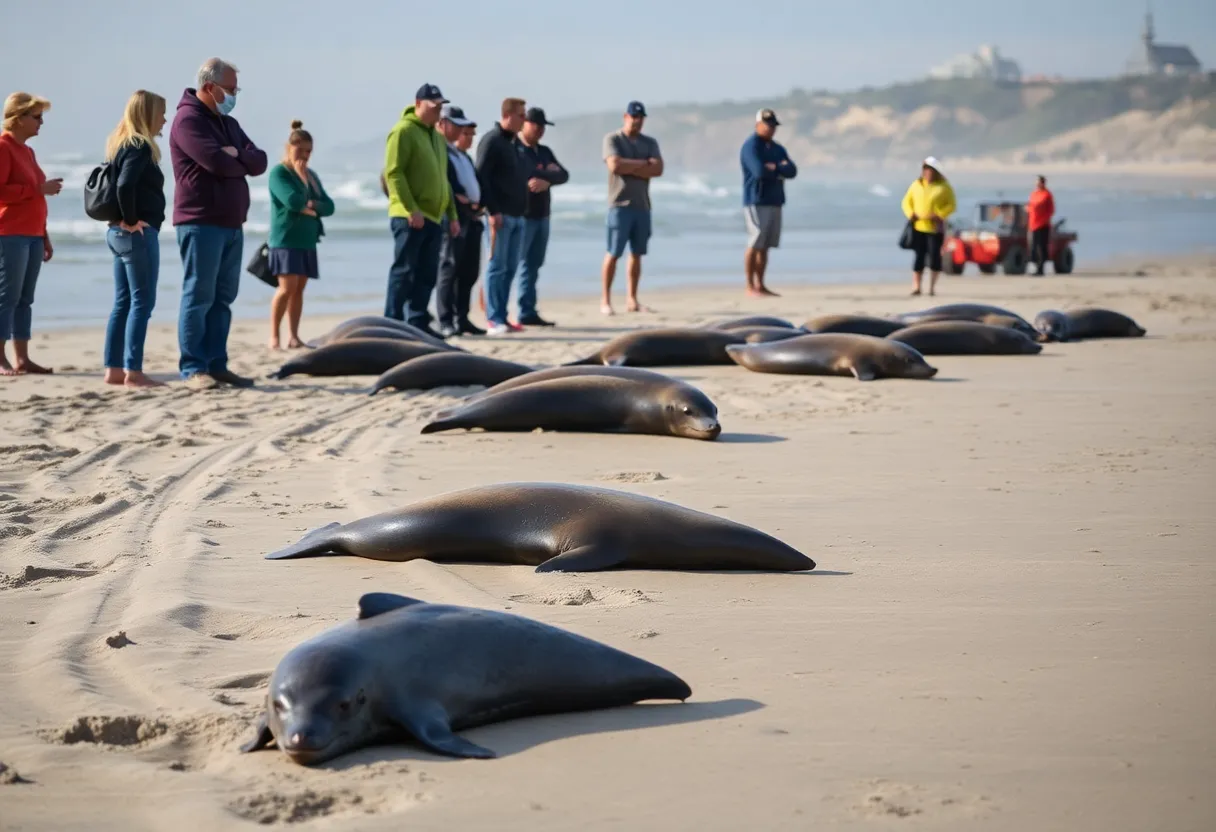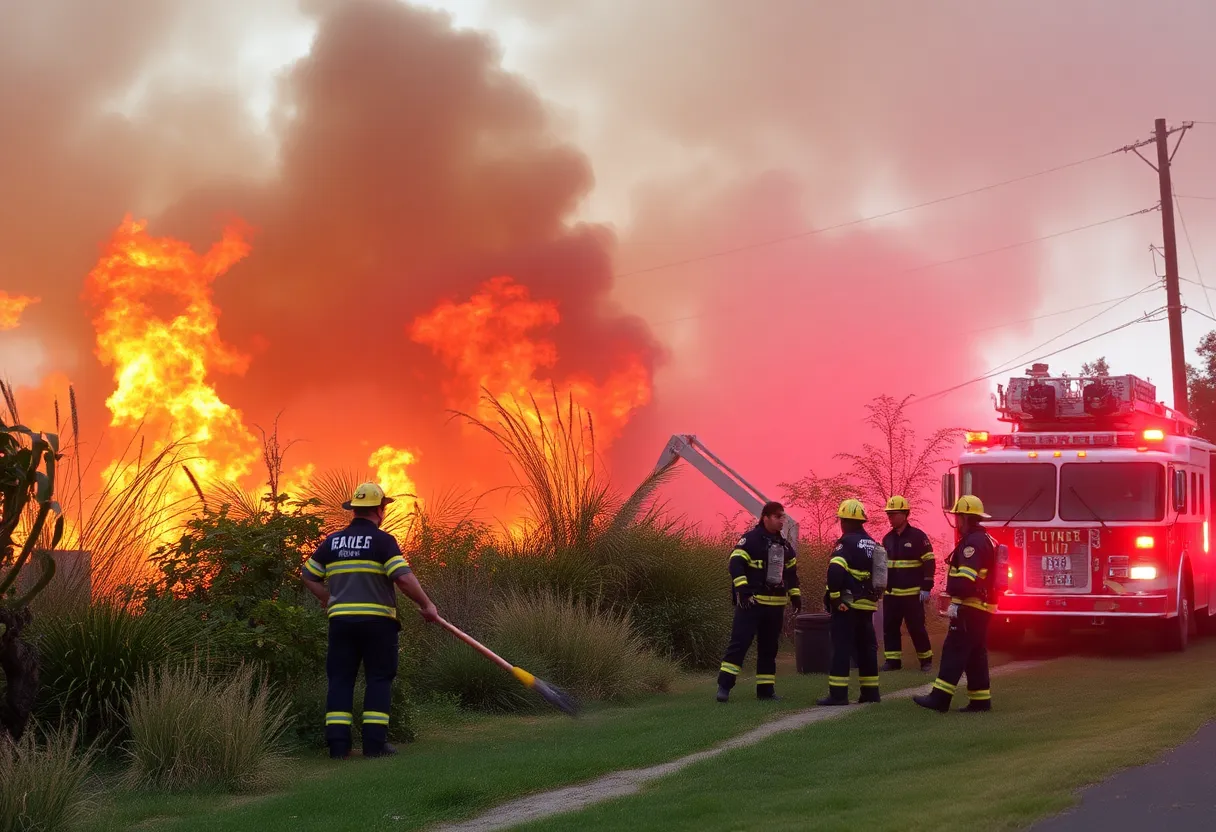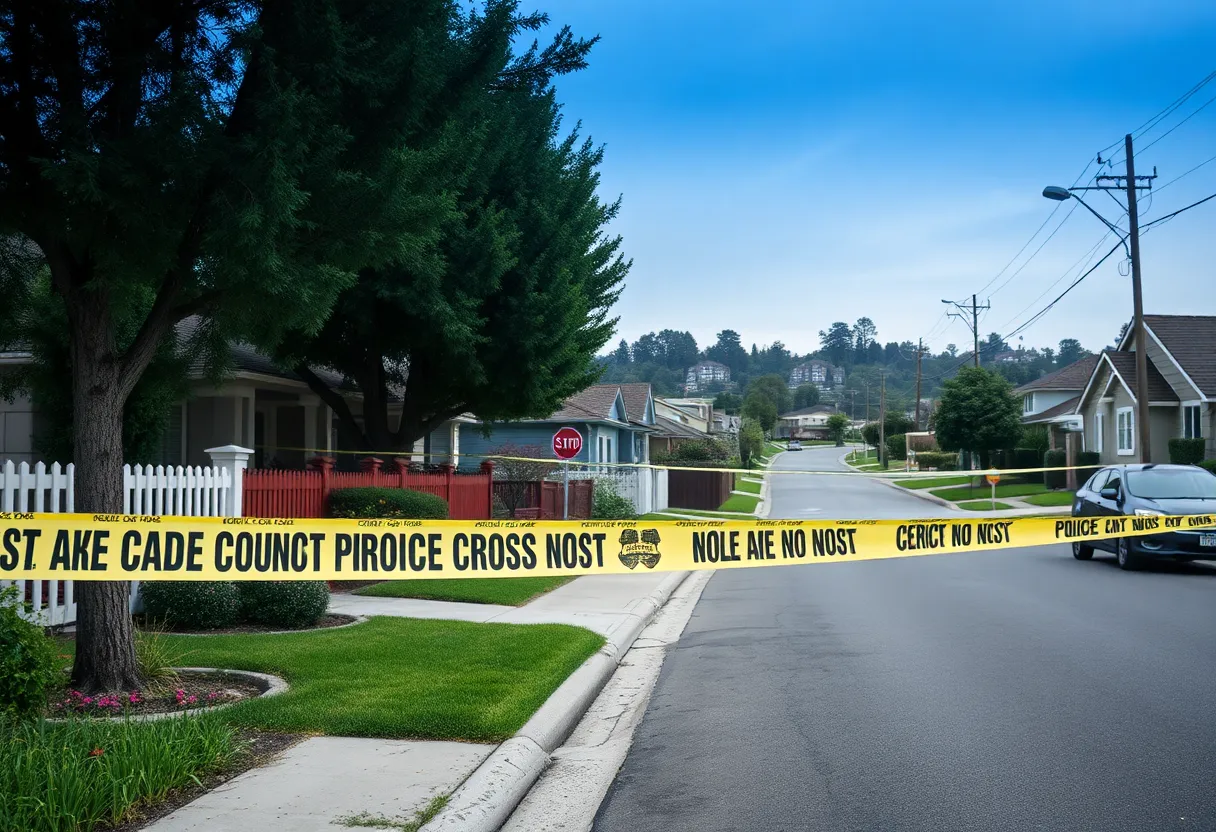News Summary
Ventura County is facing a crisis as an unprecedented bloom of harmful algae leads to a surge in marine mammal deaths. Recent discoveries on Southern California beaches reveal the tragic impact on species like whales, dolphins, and sea lions. Domoic acid, a potent neurotoxin, is a major suspect in this alarming situation. Rescue organizations are stepping in to rehabilitate affected animals, but many face severe challenges. Experts are investigating the causes, with signs pointing to human activities exacerbating the issue. Hope remains as the community rallies to protect local marine life.
Deadly Algal Bloom Sweeps Through Ventura, California
Ventura County is experiencing a troubling surge in marine mammal deaths due to an unprecedented bloom of harmful algae. This alarming situation has come to light as more animals wash ashore along the Southern California coastline, revealing a crisis that’s harder to ignore with each passing day.
A Grim Discovery on the Beach
Footage captured from Sky5 showed a heartbreaking scene at the Ventura Fairgrounds, where the bodies of a deceased whale, a dead dolphin, and a confused sea lion were discovered. These tragic findings are more than just individual instances; they point to a larger issue affecting our precious marine life and the ecosystem.
Assessing the Damage
In light of these deaths, experts are conducting necropsies to get to the root of the problem. One major suspect is domoic acid, a potent neurotoxin that wreaks havoc on the brain and nervous system of marine animals. Authorities have shown concern as the repercussions of the toxic algae bloom ripple throughout the entire marine food chain, resulting in the illness or death of thousands of creatures over the last few months.
Help is on the Way
In response to the escalating crisis, several nonprofit rescue groups are stepping up to save sick animals. Organizations like the Pacific Marine Mammal Center and the Channel Islands Marine and Wildlife Institute are doing their best to rehabilitate affected sea lions and other marine mammals, though the challenges are immense. While sea lions can sometimes be treated and released back into the wild, dolphins face significantly higher hurdles in terms of effective rescue and rehabilitation.
Signs of Sickness
Reports of sick marine mammals have unfortunately soared since February, with a notable rise in sea lion illnesses along the Southern California coast. As this outbreak continues, it’s being referred to as one of the largest in recent times, leading to overwhelming numbers of calls to animal rescue organizations. Just this month, a young humpback whale was found dead on Ventura Beach, raising red flags about marine health.
Unraveling the Causes
During the investigation into the causes behind these deaths, necropsy results from the whale indicated muscle bruising that suggests it may have suffered blunt force trauma, possibly from a boat strike. Furthermore, this whale had abrasions apparent from entanglement in fishing equipment. Samples were also taken to test for the presence of domoic acid, which has been confirmed in both a young humpback and a minke whale found dead in nearby Huntington Beach and Long Beach.
The Dangers of Domoic Acid
Symptoms of domoic acid poisoning in marine mammals can be frightening. They include signs of disorientation, seizures, and even aggressive behavior, making the situation especially critical. Authorities cannot stress enough how important it is for the public to stay safe by avoiding any contact with stranded animals and reporting these findings to the right channels.
The Ripple Effect on Marine Life
This toxic algae bloom isn’t just content affecting sea lions; it has now extended its dark reach to dolphins, whales, and other marine species, underscoring a rapidly escalating crisis for marine animal health overall. This worrying phenomenon is thought to be worsened by human activities like fertilizer runoff and debris from recent wildfires, amplifying the adverse effects on the marine ecosystem.
Hope on the Horizon
Despite the grim circumstances, there are experts who believe in the resilience of marine mammal populations. With plenty of resources and a commitment to rebuilding habitats and cleaning up our waterways, there remains hope that these magnificent ocean dwellers can recover in time. For now, the community is calling for vigilance as they keep an eye on the coastline, working collectively to safeguard the future of local marine life.
Deeper Dive: News & Info About This Topic
- KTLA News
- Wikipedia: Domoic acid
- KEYT News
- Google Search: marine mammal deaths ventura county
- ABC News
- Encyclopedia Britannica: Algal bloom
- VC Star
- Google News: toxic algae bloom southern California
- ABC7 News
- Google Scholar: toxic algae bloom marine life southern California








